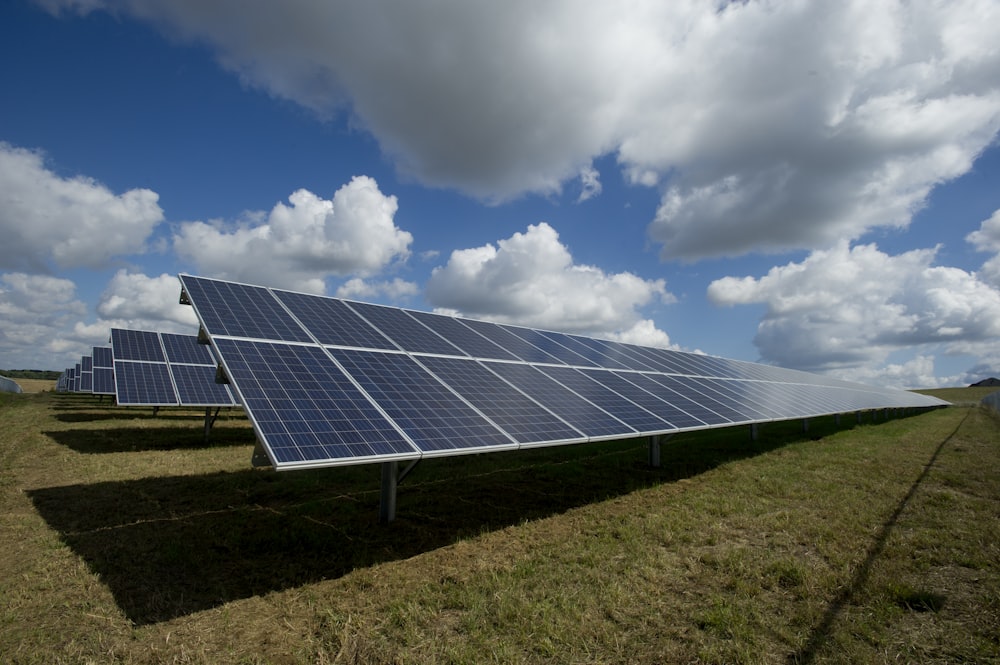The Invisible Artisans
How Block Copolymers Craft the Nanoworld and Revolutionize Science
Imagine a manufacturing tool so precise it can arrange matter atom by atom. While we haven't quite reached that zenith, block copolymer micelle nanolithography (BCMN) represents a quantum leap in nanotechnology, enabling scientists to build intricate patterns with features 10,000 times smaller than a human hair. These molecular architects don't just create beautiful nanostructures—they're transforming biology, materials science, and medicine from the ground up 1 5 .
The Magic in the Molecular Machinery

Dancing with Dual Personalities
At BCMN's heart lies a diblock copolymer—a chain of two distinct polymers tethered together. Like oil and water, these blocks repel each other. When dissolved in solvent, they self-assemble into micelles: spherical structures where one block forms a protective shell around the other. This isn't just chemistry—it's molecular choreography. By tweaking the polymer ratios, scientists control micelle size with sub-nanometer precision, creating near-perfect nanotemplates 1 5 .

Metal Nanodot Factories
Here's where the magic intensifies: Researchers load micelle cores with metal salts (gold, platinum, etc.). When spun onto a surface and heated, the organic components vaporize, leaving behind exquisitely ordered metal nanoparticles. The results? Arrays of nanodots with:
Breaking the Resolution Barrier
Traditional lithography hits physical limits at ~50 nm. BCMN smashes through this barrier, achieving features down to 5 nm. Even more ingeniously, scientists combine it with photolithography or electron-beam lithography, marrying nanoscale precision with microscale speed. This hybrid approach creates hierarchical patterns—microscale islands of nano-dots—unlocking new functionalities 1 5 .
The Experiment: Where Nanodots Meet Biology
Project: "Designing a Dual-Morphology Bio-Interface for Cell Studies"
The Challenge:
Cells sense their environment through nanoscale receptors. To study this, scientists needed a surface with precisely spaced protein dots—but also wanted adjacent protein lines to test how shape affects cell behavior.
The Polymer Toolkit:
A custom polystyrene-b-poly(ethylene oxide) (PS-b-PEO) block copolymer, engineered with two "handles":
- Biotin (vitamin B7) at PEO ends for protein binding
- 4-Bromostyrene in the PS block for UV crosslinking 5
| Solvent Vapor | Annealing Time | Resulting Morphology | Feature Size |
|---|---|---|---|
| Benzene | 24 hours | Parallel cylinders | 14 nm lines |
| Toluene/Water | 24 hours | Perpendicular cylinders | 18 nm dots |
| Benzene → Toluene | 12 hours each | Mixed lines & dots | 14 nm / 18 nm |
The Step-by-Step Breakthrough:
1. Film Formation
Spin-coating the polymer onto silicon wafers creates a smooth, featureless layer.
2. Solvent Switch-Up
- Exposing films to benzene vapor aligns PEO cylinders parallel to the surface → 14-nm lines.
- Toluene/water vapor coaxes cylinders perpendicular to the surface → 18-nm dots 5 .
3. UV "Lock-In"
Shining 254-nm light through a photomask crosslinks exposed regions via bromine groups. Uncured areas wash away, leaving micropatterns of nano-features.
4. Morphology Mixology
By crosslinking first lines, then solvent-annealing uncured regions to dots, they created surfaces with both geometries side-by-side 5 .
Results That Resonate:
- Protein Precision: Adding neutravidin and biotinylated proteins decorated lines and dots with functional molecules at single-protein resolution.
- Cellular "Eyes": Cells placed on these surfaces sensed line versus dot geometry differently, changing their adhesion and signaling—proving cells "feel" nanoscale shape 5 .
| Pattern Type | Fabrication Method | Minimum Feature Size | Key Applications |
|---|---|---|---|
| Nanoparticle arrays | BCMN alone | 5 nm dots | Plasmonic sensors |
| Protein nanoarrays | BCMN + protein conjugation | 8 nm functional features | Single-molecule biophysics |
| Hierarchical geometries | BCMN + photolithography + mixed solvents | 14 nm lines / 18 nm dots | Cell adhesion studies |
The Scientist's Toolkit: Essentials for Nano-Crafting
| Material/Reagent | Function | Bioinspiration Link |
|---|---|---|
| PS-b-PEO diblock copolymer | Base self-assembling material; forms micelles or films | Mimics protein phase separation in cells |
| Hydrogen tetrachloroaurate | Gold precursor; loaded into micelle cores for nanoparticle formation | Enables plasmonic structures like butterfly wings |
| Biotin-terminated PEO | Provides "hook" for binding neutravidin, then biotinylated proteins | Leverages vitamin-biomolecule affinity |
| 4-Bromostyrene copolymer | Enables UV crosslinking of PS matrix; creates stable micropatterns | Allows "locking" of transient structures |
| Neutravidin | Bridges biotin on surfaces to biotinylated biomolecules (antibodies, DNA) | Exploits high-affinity protein-ligand binding |
Bioinspired Revolutions: From Cells to Solar Cells

1. Decoding Cellular "GPS"
Cells navigate using protein "landmarks." BCMN created surfaces with RGD peptides (cell-adhesion molecules) spaced exactly 58 nm or 73 nm apart. Results were stunning:
- 58-nm spacing: Cells adhered strongly, forming healthy structures.
- 73-nm spacing: Cells detached and died.
This proved cells measure distances at the nanoscale—a breakthrough for designing regenerative implants 1 .

2. Gecko-Inspired Adhesives
Gecko feet use nanoscale hairs to stick. Researchers mimicked this with BCMN-generated nanopillars on elastic polymers. Unlike flat surfaces, these gecko-mimetic adhesives:
- Reversibly stick to diverse surfaces
- Self-clean by shedding dust
- Work in vacuum (unlike conventional adhesives) 1

3. Light-Harvesting Nanowires
Inspired by photosynthesis, scientists grew silicon nanowires from gold nanoparticle arrays made by BCMN. These structures:
The Future: Nano-Origami and Beyond

BCMN is evolving toward dynamic nanostructures. Recent advances include:
- Light-Responsive Polymers: Nanopatterns that reshape when exposed to lasers, mimicking adaptive biological systems.
- 3D Nano-Scaffolds: Stacked BCMN layers for tissue engineering, replicating the complexity of organs.
- Nanoreactors: Protein-decorated dots catalyzing cascading reactions like cellular organelles 5 1 .
Quote:
"We're not just building small... We're teaching materials to speak the language of biology."
Fact:
The highest-resolution BCMN patterns have features spanning just 5 nm—wide enough to fit 25 atoms of gold side by side.
Key Concepts
-
Block Copolymers
Two distinct polymer chains covalently bonded
-
Micelles
Spherical self-assembled structures
-
5 nm Resolution
25 gold atoms wide
-
Solvent Annealing
Controls nanostructure morphology
Nanoscale Comparison
Relative scale of BCMN features compared to biological structures
Applications Timeline
2000s
First BCMN demonstrations
2010s
Biological interface studies
2020s
Dynamic nanostructures
Future
3D tissue engineering